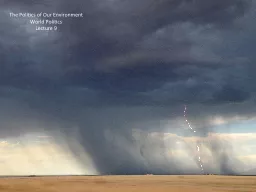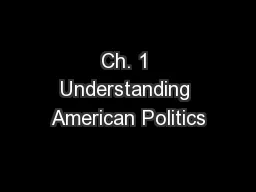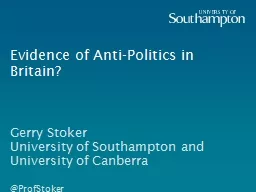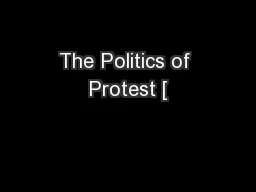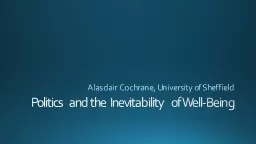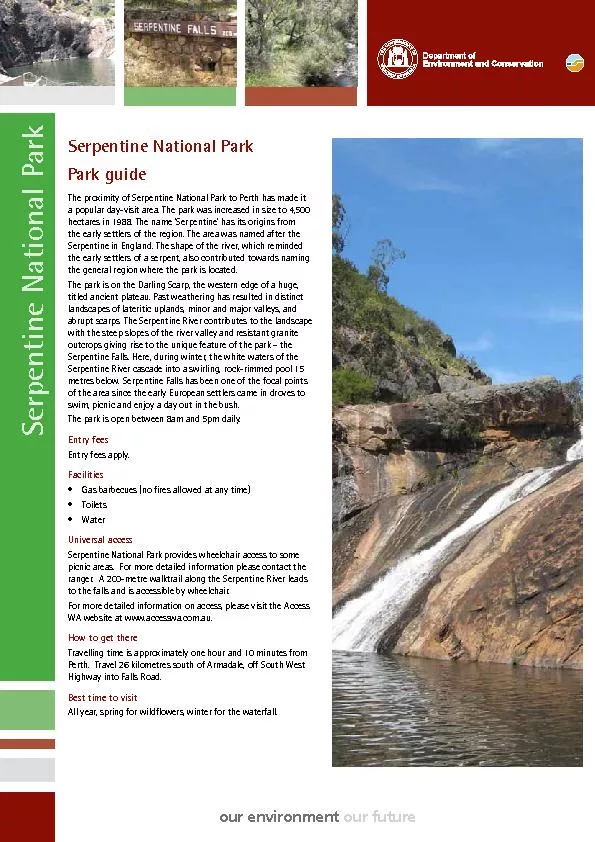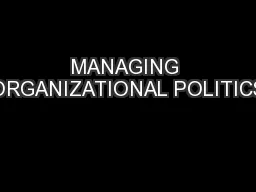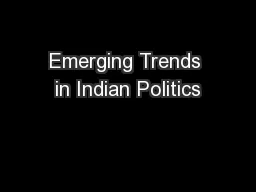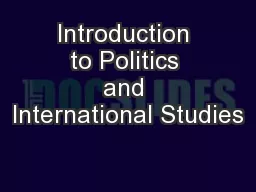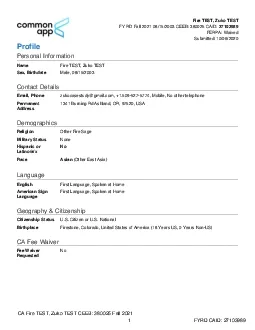PPT-The Politics of Our Environment
Author : min-jolicoeur | Published Date : 2018-01-01
World Politics Lecture 9 Key points from last time Migration is an age old process and will therefore remain as a key political issue Migration challenges key concepts
Presentation Embed Code
Download Presentation
Download Presentation The PPT/PDF document "The Politics of Our Environment" is the property of its rightful owner. Permission is granted to download and print the materials on this website for personal, non-commercial use only, and to display it on your personal computer provided you do not modify the materials and that you retain all copyright notices contained in the materials. By downloading content from our website, you accept the terms of this agreement.
The Politics of Our Environment: Transcript
Download Rules Of Document
"The Politics of Our Environment"The content belongs to its owner. You may download and print it for personal use, without modification, and keep all copyright notices. By downloading, you agree to these terms.
Related Documents

